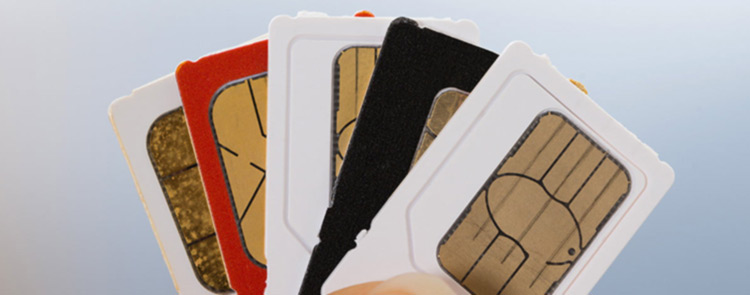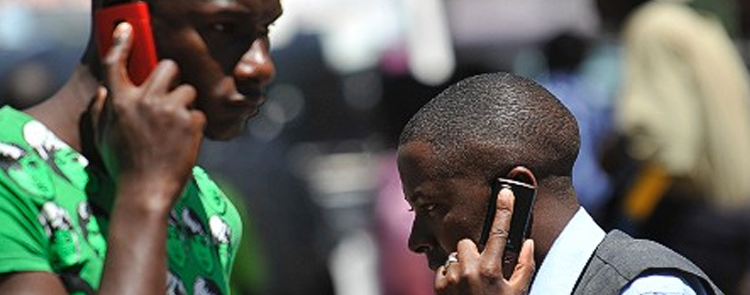Quality of service is about guaranteeing quality performance of services provided to Consumers. We’ve all been there: watching a video buffer endlessly, dropping an important call, or waiting forever for a webpage to load. In today's fast-paced world, a reliable network connection is as essential as electricity and running water. Yet, disruptions such as dropped calls, slow internet speeds, and network congestion can leave you feeling frustrated and disconnected. Let’s break down how to assess poor network performance, understand your telecom Rights, and tackle these issues head-on.
How to Assess and Report Poor Network Performance
Spotting network issues is the first step toward improvement. Think of your internet or mobile connection as a highway for data. When the "traffic" slows down or halts, it’s time to assess the issue. Here’s how:
- Identifying Poor Performance
- Slow Speeds: Does your video take forever to buffer, or is social media loading very slowly? That’s a sign of reduced capacity.
- Dropped Calls: If your conversations are repeatedly cut short, you might be facing instability in the network.
- Inconsistent Access: Unable to reach certain websites or Apps? It could indicate a partial service disruption.
- Steps to Report the Issue
- Check First: Visit your Service Provider’s Website or App to check for announcements about outages.
- Check Next: Click the Red Live Incident Report button on the NCC’s website for information about any Service Provider outage report: https://www.ncc.gov.ng
- Contact Support: Reach out to your Service Provider’s Customer service via phone or chat. Ask for a case number to track your complaint.
- Document Everything: Record the time, location, and nature of the issue. For speed problems, use Apps like Speedtest or Fast.com to provide evidence.
Steps to Follow When Experiencing Dropped Calls or Network Congestion
Dropped calls and network congestion can disrupt both personal and professional lives. Dropped calls and slow connections can be annoying, but there are actionable steps you can take:
1. Troubleshoot First
o Restart your phone or enable airplane mode to refresh the network connection.
o Switch between 4G and 3G networks for better stability in areas with poor coverage.
2. Prioritize Tasks
o If the network is congested, save data-heavy activities like streaming for later. Focus on essential tasks like sending emails or text messages.
3. Escalate Complaints if Needed
o Step 1: Report to your telecom provider through their helpline or App.
o Step 2: Also, you can file a complaint with the Nigerian Communications Commission (NCC). Provide logs of call drops or service downtime as evidence.
Quality of Service is more than just a buzzword—it’s your Right as a Consumer to demand reliable connectivity. Quality of Service issues can be frustrating, but with the right tools and knowledge, you can take control. By understanding your telecom rights, assessing performance, and taking proactive steps during disruptions, you’ll be better equipped to handle any network storm.
Remember: staying connected is your Right—don’t hesitate to demand it!
After all, a world with smooth video calls and uninterrupted browsing is one we all deserve!





